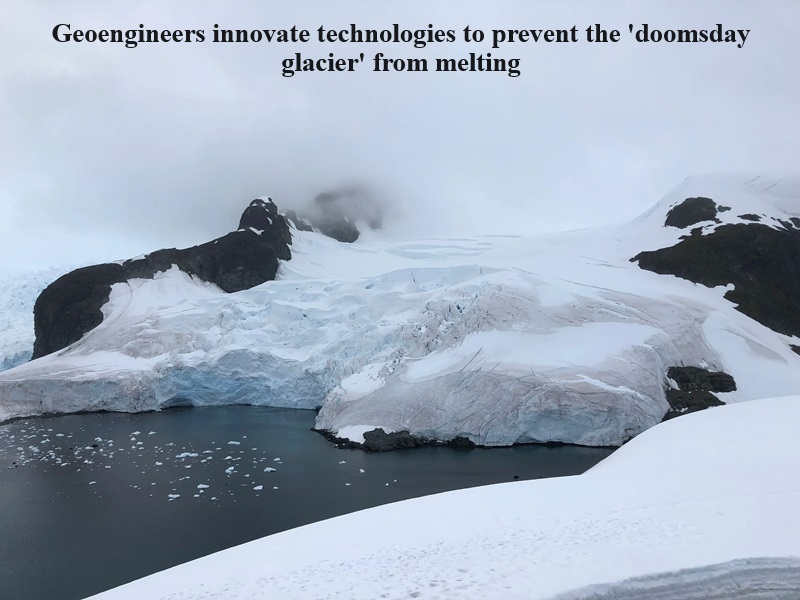
Geoengineers are developing technologies to decelerate glacier melting, aiming to avert the collapse of critical glaciers like the infamous “doomsday glacier,” Thwaites, necessitating an investment of $50 billion.
Thwaites Glacier, often dubbed the “doomsday glacier,” acts as a barrier preventing warm seawaters from infiltrating other glaciers. Its disintegration would lead to a further ten-foot rise in sea levels. Already, its melting contributes four percent to the global sea level rise, losing over 1,000 billion tons of ice since 2000. However, Thwaites is not the sole glacier at risk.
To address this, geoengineers are exploring various strategies to stall glacier melting, with the latest proposal involving underwater curtains. John Moore, a glaciologist and geoengineering researcher at the University of Lapland, envisions installing extensive 62-mile-long underwater curtains to obstruct warm seawater access to glaciers, thus halting the melting process. However, realizing this plan demands a substantial investment of $50 billion.
These underwater curtains would impede warm currents from reaching Thwaites, consequently mitigating melting and allowing time for ice shelf regeneration. Nonetheless, this concept remains theoretical.
Moore and his team, presently testing prototypes, are devising methods to deploy the curtains on the Amundsen seafloor to counteract melting. While the idea of underwater curtains isn’t novel—Moore proposed a similar solution in 2018, suggesting a colossal wall instead—he deemed curtains safer and more reversible.
He asserted that underwater curtains effectively obstruct warm water intrusion, offering the flexibility of removal if necessary. “Any intervention should be something that you can revert if you have second thoughts,” Moore emphasized.
At the University of Cambridge, researchers are experimenting with three-foot-long versions of this technology in small tanks. Upon verifying its functionality, they plan to conduct field tests in the River Cam, deploying the curtains on the riverbed or towing them behind a boat. Subsequently, they aim to trial 33-foot-long curtains in a Norwegian fjord within two years, albeit escalating scaling would necessitate increased funding. Presently, only a handful of coastal cities, like New York, possess the financial resources to adapt to rising sea levels, leaving many others inadequately equipped.

Post Your Comments